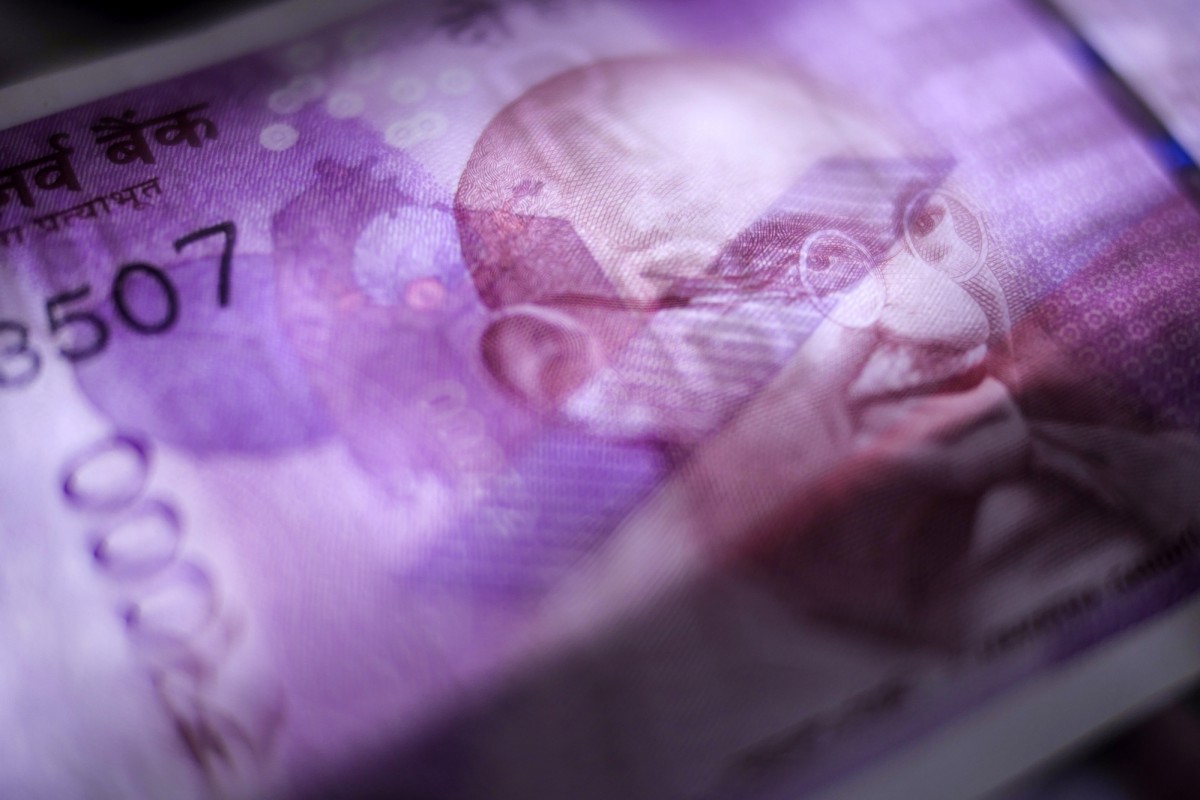Featured
Early Reaction to India’s Massive Stimulus Broadly Positive

(Bloomberg) — Investors and strategists have broadly welcomed Indian Prime Minister Narendra Modi’s announcement of a larger-than-expected stimulus package worth an estimated 10% of gross domestic product.
The measures are impressive in their size, should boost investor confidence in India’s ability to deal with the economic impact of the coronavirus outbreak and provide support to the currency, according to early reaction from a number of market participants. Still, further details are required, especially on how the package will be financed, they said.
Equity futures on India’s NSE Nifty 50 Index traded in Singapore climbed in early trading Wednesday and dollar-rupee one-month non-deliverable forwards retreated.
Here’s what strategists and economists are saying about the new measures:
Ambitious Reform
Samiran Chakraborty and Baqar Zaidi, India economists at Citigroup Inc.:
“The size of the package likely exceeds market expectations and the details will eagerly be awaited.”
“This is likely to necessitate both additional market borrowing as well as an immediate announcement of RBI support through large OMO and may be even direct monetization if the combined power of fiscal and monetary stimulus has to be unleashed.”
“By explicitly referring to reforms in land, labor, agriculture, legal and administrative systems and infrastructure the PM has embarked on an ambitious reform agenda to make India more productive. Bolder structural reforms in the financial sector is also need of the hour.”
“While all these measures to boost domestic capacity is welcome, there could be a more explicit protectionist bent on the trade front in the near term as India shapes up to be more self-reliant.”
Confidence Boost
Gaurav Saroliya, director of macro strategy at Oxford Economics:
“Alongside monetary easing by the RBI, we think this move, the details of which are
still awaited, will boost market confidence that India will be able to limit the economic costs
of the lockdown, which our macro team earlier estimated at around 6% of annual GDP.”
“Indian equities and INR have underperformed during the sell-off in March as they tend to be a reflection of India’s domestic growth expectations. The fiscal boost has come at an opportune time for India as valuations are cheap both historically and relative to the Asia ex-Japan peer group.”
Rupee Support
Qi Gao, a currency strategist at Scotiabank:
“USD/INR will likely trade between 74 and 77 in the coming weeks. A fiscal stimulus package itself could provide some support to the INR.”
Financing Questions
Vishnu Varathan, head of economics and strategy at Mizuho Bank Ltd. in Singapore:
“Arguably, Indian PM Modi’s announcement of a sexy 10% of GDP ($266 billion) COVID stimulus is a big deal compared to the earlier 0.8% of GDP fiscal boost.”
“But with details awaited, it is unclear if this includes the already announced RBI credit/liquidity measures worth some 2.5% of GDP. And so, the precise (quantum and dispersion) impact across sectors/industries remains to be seen, while the question of how it will be financed may prove to be a bugbear.”
Incremental Package
Kaushik Das, India chief economist at Deutsche Bank AG:
“The 10% of GDP economic package is inclusive of the various liquidity measures announced by RBI earlier and the previous fiscal package announced on 26th March (INR1.7trn; 0.8% of GDP); so we need to see what the incremental package size is excluding the support from earlier measures.”
Mahesh Nandurkar and Abhinav Sinha, equity analysts at Jefferies Financial Group Inc.:
“The headline no of the gross fiscal package of Rs20Trn / 10% of GDP is impressive. This leaves a space of ~Rs10Trn/5% of GDP for incremental announcements.”
-

 Alamaliktistaad Magazines2 months ago
Alamaliktistaad Magazines2 months agoAlam Al Iktisaad – September 2025 Edition
-

 News2 months ago
News2 months agoKitchenomiKs Secures Investment of US$3.2M Led by Jasoor Ventures
-

 Banking & Finance2 months ago
Banking & Finance2 months agoOman Arab Bank Highlights Its Ongoing Strategic Initiatives and Future Plans
-

 News2 months ago
News2 months agoIEA Expects Global Oil Market to Remain Oversupplied in 2026
-

 Energy2 months ago
Energy2 months agoWLGA Middle East LPG Summit & Expo 2025 to be held at OCEC on November 10 and 11
-

 Real Estate2 months ago
Real Estate2 months agoAl Mouj Muscat Unveils Azura Beach Residences Phase 2: A New Chapter in Waterfront Living
-

 Leaders Speak1 month ago
Leaders Speak1 month agoDhofar International Development and Investment Company: Driving Sustainable Growth and Strategic Synergies in Oman’s Investment Landscape
-

 Events1 month ago
Events1 month agoOER Corporate Excellence Awards 2025 Honours Entities and Innovations in Oman






























